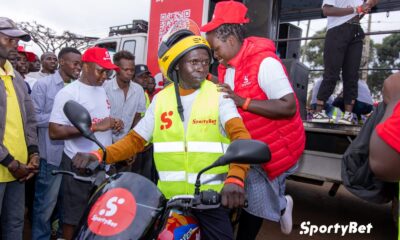NAIROBI, Kenya, Jul 12 – A survey co-sponsored by the Canadian High Commission and the Hanns Seidel Foundation (Kenya) has reported a declined on anxiety related to COVID-19 within Nairobi’s informal settlement to 54 percent down from 71 per cent reported in April.
During round one of a similar survey conducted by the Trends and Insights for Africa (TIFA), 71 per cent of the 579 respondents said they were very worried, 13 per cent were somewhat worried, 6 per cent were a little worried while 10 percent were not worried at all.
In the second round survey conducted between June 2 and 15, the percentage of respondents expressing anxiety fell to 54 per cent while 14 per cent of respondents said they were somewhat worried. Another 10 per cent said they were a little worried while 21 per cent said they were not worried at all.
“Respondents are clearly less concerned about the medical risks stemming from the Covid-19 virus than they were at the end of April when Round One was conducted,” TIFA noted.
According to the recent survey, women and younger people were the most anxious group representing 62 per cent and 57 per cent respectively.
“More than half of all respondents are “very worried” about contracting the Covid-19 virus. Women and younger respondents are more anxious about this,” the pollster noted.
The TIFA survey further noted that 26 per cent of men said they were not worried at all compared to the 16 per cent reported among female respondents.
Of the respondents who cited as being very worried, 80 per cent reported wearing masks, 76 per cent said they frequently washed hands, 52 per cent avoided handshakes, 48 per cent used sanitizers while 20 per cent said they stayed at home as much as they could.
Advertisement. Scroll to continue reading.
“Slightly more of those “very worried” about contracting it report wearing masks, frequently washing their hands, and avoiding shaking hands,” the pollster added.
The survey was conducted in Nairobi’s low income areas of Huruma, Kibera, Mathare,
Korogocho, Mukuru kwa Njenga and Kawangware. The sample population was distributed among 306 males and 273 females.

 Entertainment1 week ago
Entertainment1 week ago
 Business News1 week ago
Business News1 week ago
 Business News2 days ago
Business News2 days ago
 Entertainment3 hours ago
Entertainment3 hours ago





